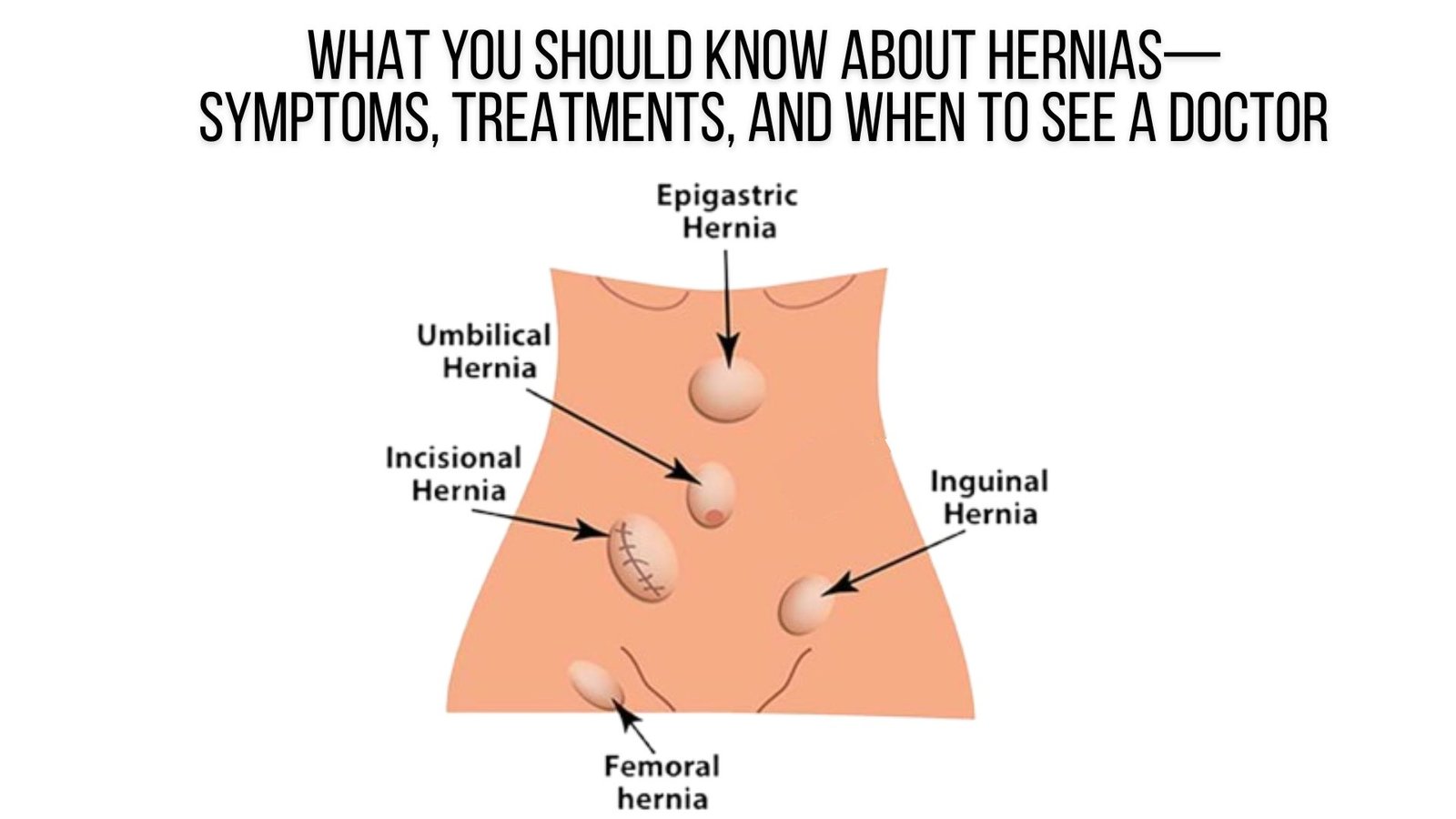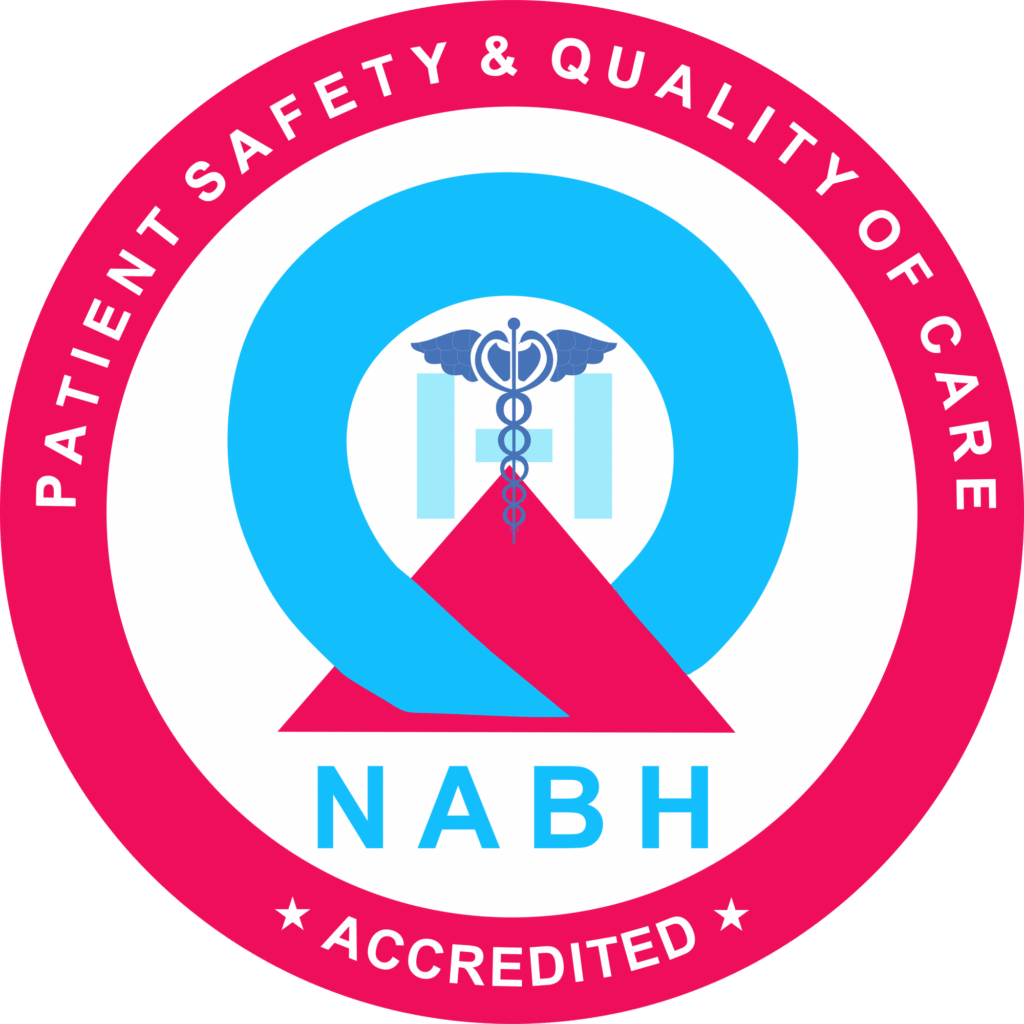Book Appointment Now

What You Should Know About Hernias—Symptoms, Treatments, and When to See a Doctor
Hernia Explained: Causes, Symptoms, and Modern Treatments
Introduction
A hernia might show up as a bulge or lump in your abdomen, groin, or even near your belly button. Though often painless at first, ignoring a hernia can lead to discomfort or serious complications. Wondering if you—or someone you know—has a hernia? Read on for expert-backed insights.
What Is a Hernia?
Think of your abdominal wall like a tyre. Over time, if a spot weakens, the inner tube might push through the casing. A hernia appears and present itself the same way. A hernia occurs when part of an organ (often the intestine) or fatty tissue pushes through a weak spot in a muscle wall, resulting in a noticeable bulge. The most common sites are the abdomen and groin, but hernias can occur in other areas, too.
Common Types of Hernia
- Inguinal Hernia: The most common type, seen in the groin. Particularly frequent in males.
- Femoral Hernia: Also groin-related, but more common in females.
- Umbilical Hernia: Appears near the belly button, often seen in infants but can affect adults—especially after pregnancy or abdominal surgery.
- Incisional Hernia: Occurs at the site of previous surgical scars.
- Hiatal Hernia: The stomach pushes through the diaphragm into the chest; typically causes acid reflux or indigestion.
- Epigastric Hernia: In the upper abdomen, between the belly button and breastbone.
- Spigelian Hernia: Rare; occurs in the lower abdomen at the edge of the rectus muscle.
- Other rare types: Littre’s hernia (associated with Meckel’s diverticulum), obturator hernia, etc..
- Causes and Risk Factors
- Hernias often result from a combination of muscle weakness and straining. Common triggers include:
- Heavy lifting
- Persistent coughing or sneezing
- Chronic constipation or straining during bowel movements
- Obesity
- Previous surgeries (especially abdominal)
- Aging or congenital muscle weakness
- Pregnancy
- Analogy: Think of muscle walls like fabric. Repeated stress, heavy objects, or wear and tear can create small holes, through which tissue pushes out—just like stuffing pokes through a worn cushion.
Recognizing Hernia Symptoms
Key symptoms:
- Lump or bulge in the affected area (may disappear when lying down)
- Dull ache or pain, especially when lifting, coughing, or bending
- Feeling of heaviness or pressure
- Occasional burning or aching sensation
- In hiatal hernias: heartburn, chest pain, difficulty swallowing
- Mild cases may be painless and discovered incidentally
- Red flag symptoms—seek medical attention:
- Sudden severe pain
- Firm, non-reducible lump
- Nausea, vomiting, inability to pass stool (may signal strangulation or blockage)
- How Is a Hernia Diagnosed?
Doctors typically rely on:
- Physical exam (feeling for a bulge while standing, coughing, or straining)
- Ultrasound or CT scan for confirmation
- For complex cases, additional imaging (MRI)
- Evidence-Based Treatment Options
- Treatment depends on hernia type, symptoms, and risk of complications:
Watchful waiting: Mild hernias without symptoms may be monitored.
- Lifestyle changes: Avoid heavy lifting, treat chronic cough/constipation, and manage weight.
- Surgery: Mainstay for most cases. Techniques include:
- Open repair (traditional surgery)
- Laparoscopic/robotic repair (keyhole surgery), with faster recovery
- Mesh reinforcement (reduces recurrence risk)
- Hiatal hernia: Medications for acid reflux, dietary adjustments, and possible surgeryRecovery times and risks vary; your surgeon will recommend the best approach for your condition.
- Living with a Hernia: Patient Scenarios
Amit, 42, noticed a bulge in his groin after joining a gym. Surgical repair fixed the hernia; he returned to work in two weeks.
Mary, elderly, had stomach pain and difficulty swallowing. She was diagnosed with a hiatal hernia and improved on medication and lifestyle changes.
- Prevention and Lifestyle Tips
- Maintain healthy weight
- Use correct lifting techniques—bend your knees, not your back
- Treat chronic cough or constipation promptly
- Exercise to strengthen abdominal muscles
- Avoid smoking, which weakens connective tissues
Frequently Asked Questions (FAQs)
Q: Will my hernia heal by itself?
A: No—hernias do not resolve without intervention. Mild cases can be monitored, but surgery is often needed to prevent complications.
Q: Is hernia surgery risky?
A: Most hernia surgeries are routine with low risk. Complications are rare, especially for healthy patients, but can include infection, bleeding, or recurrence. Discuss options with your surgeon.
Q: Can I exercise with a hernia?
A: Gentle exercise is usually safe. Avoid activities that cause pain or additional straining. Consult your doctor for personalized advice.
Call to Action
Don’t ignore persistent lumps or pain—see your healthcare provider for an expert evaluation. For more reliable information, explore trusted databases like MedlinePlus and Mayo Clinic or schedule an appointment with a surgeon. Real health starts with informed decisions—take action for your well-being today.
Content validated against authoritative sources. For personalized advice, always consult your doctor.



[…] Read More Blogs: What You Should Know About Hernias […]